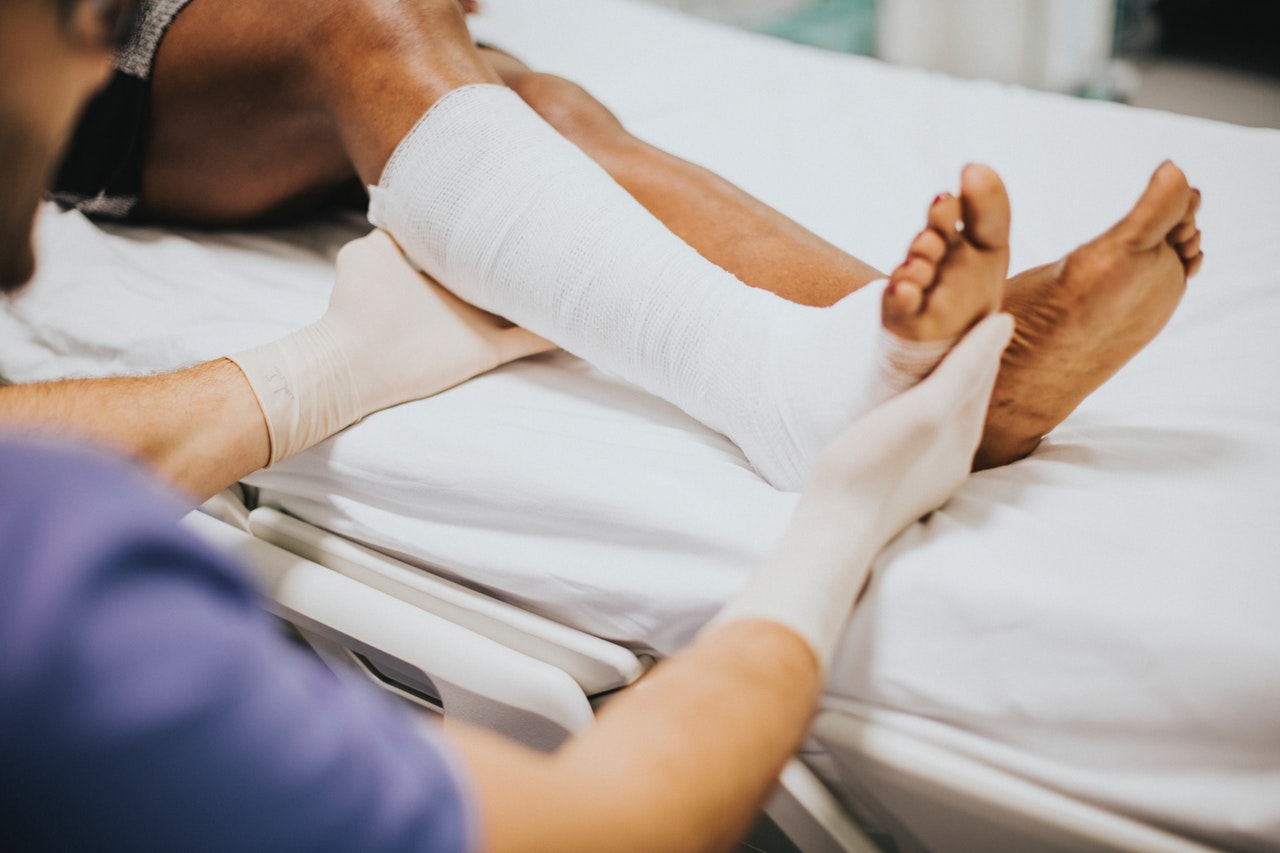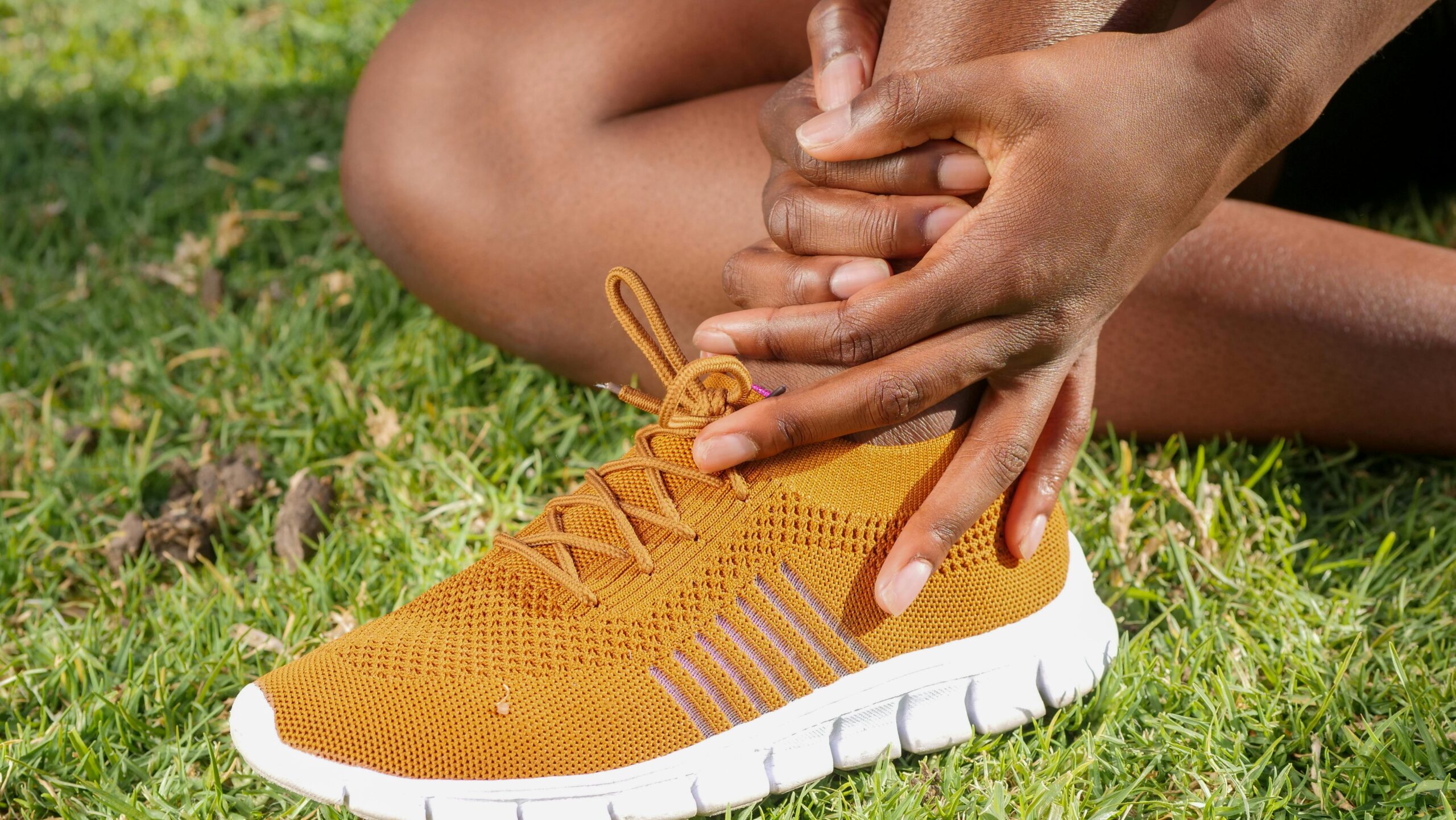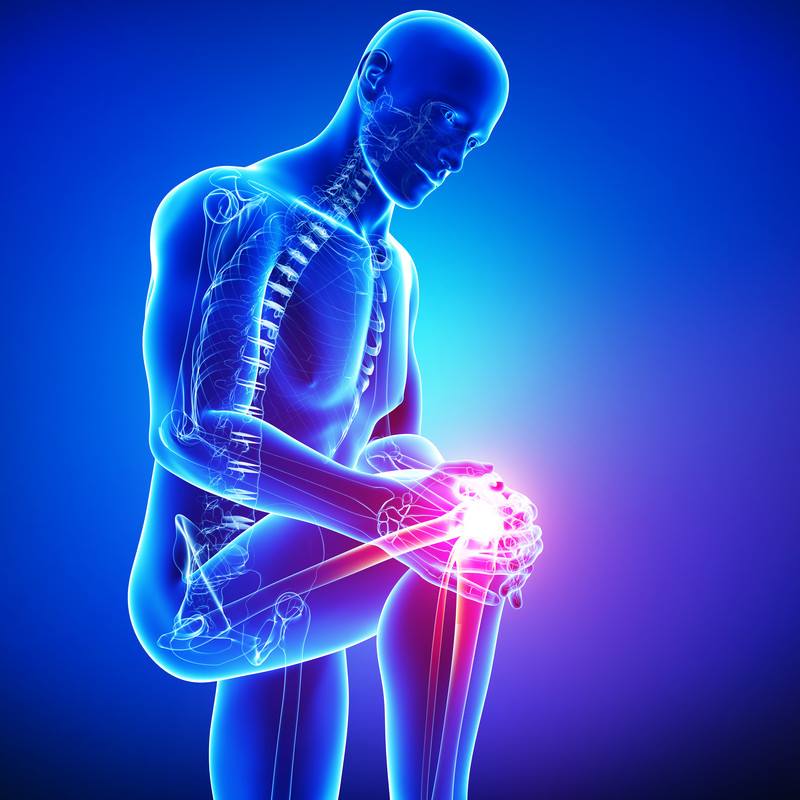
Treating Sprains and Strains
Treating Sprains and Strains
What’s the difference between sprains and strains?
A sprain is an injury to a ligament (tissue that connects two or more bones at a joint). When a sprain happens, one or more ligaments is stretched or torn.
A strain is an injury to a muscle or tendon (fibrous cords of tissue that connect muscle to bone). In a strain, a muscle or tendon is stretched or torn.
How do you get them?
Sprains occur most often in the ankle. However, if you fall and land on their hand, you can sprain your wrist. Skiing and other sports can make it more likely for you to sprain your thumb.
Strains are most common in your back and the hamstring muscle in the back of your thigh.
Certain sports can make it more likely for you to have a strain in your back or legs. Examples include:
- Soccer
- Football
- Hockey
- Wrestling
- Boxing
If you play sports that use your hands and arms a lot, you may be more likely to have a strain in your arm or hand. For example:
- Gymnastics
- Tennis
- Rowing
- Golf
What are the symptoms?
The symptoms of a sprain include:
- Pain
- Swelling
- Bruising
- Inability to use the joint
Strains
In addition to pain, symptoms of a strain include:
- Muscle spasms
- Swelling
- Cramping
- Difficulty moving
If you tear a muscle or tendon completely, it is very painful and hard to move.
What causes sprains and strains?
Sprains
Many things can cause a sprain. Falling, twisting, or getting hit can force your joint out of its normal position. This can cause ligaments around your joint to stretch or tear. Sprains usually happen when you:
- Fall and land on your arm
- Fall on the side of your foot
- Twist a knee
Strains
A strain happens when you twist or pull a muscle or tendon. Strains can happen suddenly or develop over days or weeks. A sudden or acute strain is caused by:
- A recent injury
- Lifting heavy objects incorrectly
- Overstressing your muscles
Chronic strains usually happen when you move the muscles and tendons the same way over and over (repetitive motion).
Testing
Your doctor checks for a sprain or strain by:
- Asking how the injury occurred
- Examining the area
- Ordering an x-ray to make sure no bones are broken
Your doctor may order an MRI to look closely at the area of the injury or pain. An MRI is a test that uses magnetic energy to look inside the body.
How are they treated?
Treatments for sprains and strains are the same. To reduce swelling and pain in the first day or two, doctors usually say to:
- Rest the injured area. If the ankle or knee is hurt, your doctor may tell you to use crutches or a cane.
- Put ice on the injury for 20 minutes 4 to 8 times a day.
- Compress (squeeze) the injury using special bandages, casts, boots, or splints. Your doctor will tell you which one is best for you and how tight it should be.
- Put the injured ankle, knee, elbow, or wrist up on a pillow.
- Take medicines, such as aspirin or ibuprofen.
After treating pain and swelling, your doctor may tell you to exercise the injured area. This helps to prevent stiffness and increase strength. In addition, you may need physical therapy. Your doctor or physical therapist will tell you when you can start to do normal activities, including sports. If you begin too soon, you can injure the area again.
Managing sprains and strains
The goal is to get you back to your normal everyday activities, including sports if possible. You should work closely with your doctor or physical therapist to make sure you are ready. It is important that you have the following before returning to normal activity or sports:
- Normal motion
- Flexibility
- Strength
The amount of time you need to fully heal after a sprain or strain depends on the person and the type of injury.
Preventing sprains and strains
You can help prevent sprains and strains by:
- Avoiding exercise or playing sports when tired or in pain.
- Eating a well-balanced diet to keep muscles strong.
- Maintaining a healthy weight.
- Trying to avoid falling (for example, put sand or salt on icy spots on your front steps or sidewalks).
- Wearing shoes that fit well.
- Getting new shoes if the heel wears down on one side.
- Exercising every day.
- Staying in proper physical condition to play a sport.
- Warming up and stretching before playing a sport.
- Wearing protective equipment when playing.
- Running on flat surfaces.
“Strains and sprains are bound to happen for minimally active people all the way up to professional athletes”, says Dr. Alexandra Matthews, Sports Medicine physician with Orthopedic Performance Institute. “There are many treatment options, including simple RICE method (Rest, Ice, Compression, Elevation) to more aggressive braces or injections. We regularly see both injuries and would be happy to help heal you.”
The Orthopedic Performance Institute is a comprehensive medical practice specializing in adult and pediatric orthopedics and sports medicine, and has office locations in San Antonio, Boerne, or Bulverde.
Points to remember about sprains and strains
- A sprain is an injury to a ligament (tissue that connects two or more bones at a joint). When a sprain happens, one or more ligaments is stretched or torn.
- A strain is an injury to a muscle or tendon (fibrous cords of tissue that connect muscle to bone). In a strain, a muscle or tendon is stretched or torn.
- Anyone can get a sprain or strain.
- The symptoms of a sprain include: pain, swelling, bruising, and not being able to use the joint.
- In addition to pain, the symptoms of a strain include: muscle spasms, swelling, cramping, and trouble moving.
- It is important to see a doctor if you have a painful sprain or strain. This helps you get the right treatments.
- The amount of time you need to fully heal after a sprain or strain depends on the person and the type of injury.
- If you try to return to normal activities or sports too soon, you may injure the area again.Doctor’s test for growth plate injuries by asking about the injury, examining your child, and ordering x-rays.
- Treatment may include using a cast or splint, setting the bones back in place, exercises, and long-term follow up.
- Most growth plate injuries get better and do not cause any lasting problems for your child or teen.

 Previous Post
Previous Post Next Post
Next Post




